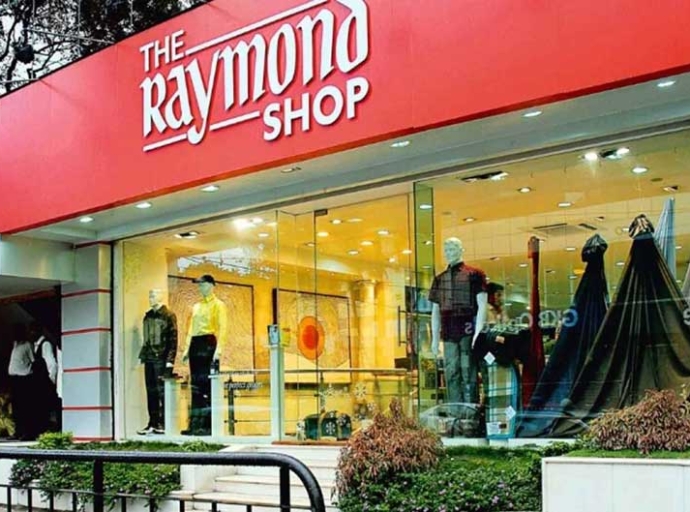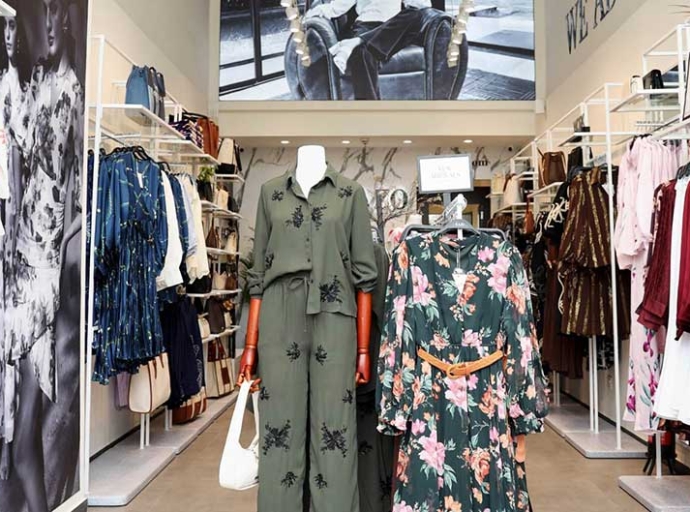Indian retail expansion drives demand for commercial real estate

06 March 2024, Mumbai
The Indian retail market is undergoing a dramatic transformation, with significant implications for the commercial real estate sector. Recent reports by CBRE, a leading commercial real estate services and investment firm, highlight a robust rebound in retail activity, particularly in the latter half of 2023. This surge in demand is directly influencing the expansion of commercial spaces across India.
Rising lease activity, metros lead
The study throws up a few interesting patterns.
Leasing activity on the rise: Retail leasing activity in India experienced a notable 67 per cent year-over-year increase in the second half of 2023, reaching 4.2 million sq. ft. This growth represents a significant acceleration compared to the 43 per cent increase observed in the first half of the same year. This growth is primarily driven by the expansion of domestic and international brands seeking to capitalize on the country's growing consumer base.
Metros lead the charge: Metros Bangalore, Mumbai, and Pune have become major drivers of retail leasing activity, accounting for a combined 64 per cent of total absorption nationwide.
Quality malls in demand: Supply additions have also increased, reaching 4.9 million sq. ft. This demonstrates strong retail expansion egged on by the completion of investment-grade malls in major cities like Bangalore, Pune, Mumbai, Hyderabad, Ahmedabad, Delhi-NCR, and Chennai.
Rental values stabilizing: After a period of fluctuation, rental values across select micro-markets in various cities and retail categories have begun to stabilize. This indicates rising demand for premium commercial real estate within desirable retail locations. There's been a notable increase in the supply of high-quality retail spaces, particularly in the form of well-planned, investment-grade malls. These developments are attracting premium brands and offering a superior shopping experience to Indian consumers
Factors driving retail growth
Several key factors are contributing to the expanding presence of the retail sector in India. First is overall economic growth and rising middle class. India's expanding economy, coupled with a rapidly growing middle class, has created greater disposable income and increased consumer spending habits, especially in urban areas.
The rise of e-commerce has been a transformative element for Indian retail. While online shopping is gaining popularity, it's also pushing up demand for physical stores. E-commerce giants are investing heavily in brick-and-mortar locations to facilitate seamless omnichannel experiences.
There is growing demand for experiential retail as modern consumers seek more from their shopping experiences than just transactions. They desire engaging and immersive environments. As such, retailers and mall developers are investing in creating experiential spaces that blend shopping with entertainment, dining, and leisure facilities. Also, easing foreign direct investment (FDI) regulations and streamlining retail reforms have facilitated greater international participation in the Indian retail market.
Implications for commercial real estate
The growth Indian retail has had far-reaching implications for commercial real estate sector.
Tier-II and III Cities as growth zones: As Tier I markets become saturated, retailers are venturing beyond the traditional metropolitan hubs and expanding into Tier-II and III cities. This is creating new opportunities for commercial real estate development in previously less developed regions of the country.
Reimagined mall spaces: The increasing preference for experiential retail necessitates a change in how malls are designed and utilized. Developers are incorporating more mixed-use elements, with spaces dedicated to entertainment, food and beverage, co-working, and even healthcare services, thereby transforming malls into comprehensive lifestyle destinations.
Warehousing and logistics boom: The growth of e-commerce and omnichannel retail requires robust supply chains and efficient logistics networks. This has led to a surge in demand for modern warehousing and distribution centers in strategic locations across India.
Focus on quality: Retailers are prioritizing modern, well-maintained shopping environments that offer excellent amenities. This means that the focus is shifting towards investment-grade malls and shopping centers rather than traditional, unorganized retail formats.
Increased investment: Domestic and foreign investors are channelling capital into developing high-quality retail spaces to cater to rising demand. This is leading to an upswing in construction activity and the creation of new commercial hubs
Cautious optimism for the future
While the CBRE reports underscore positive trends in Indian retail and commercial real estate, a degree of caution is warranted. Potential headwinds, such as inflationary pressures and a looming global economic slowdown, could impact consumer purchasing power and retail expansion plans. However, the long-term outlook remains bright thanks to India's strong economic fundamentals and its growing young, urban population with a rising appetite for consumption.
The sector can expect to see more technology integration as retailers will increasingly incorporate technologies like augmented reality, virtual reality, and artificial intelligence to enhance the shopping experience. This will necessitate commercial spaces adaptable to evolving technological needs. Environmentally conscious consumers will influence the design and operation of retail spaces, leading to a greater emphasis on sustainability and energy efficiency in commercial real estate.
Overall, the latest data signals a vibrant and dynamic retail landscape in India, a trend poised to significantly shape the future of the country's commercial real estate sector.
Latest Publications

































